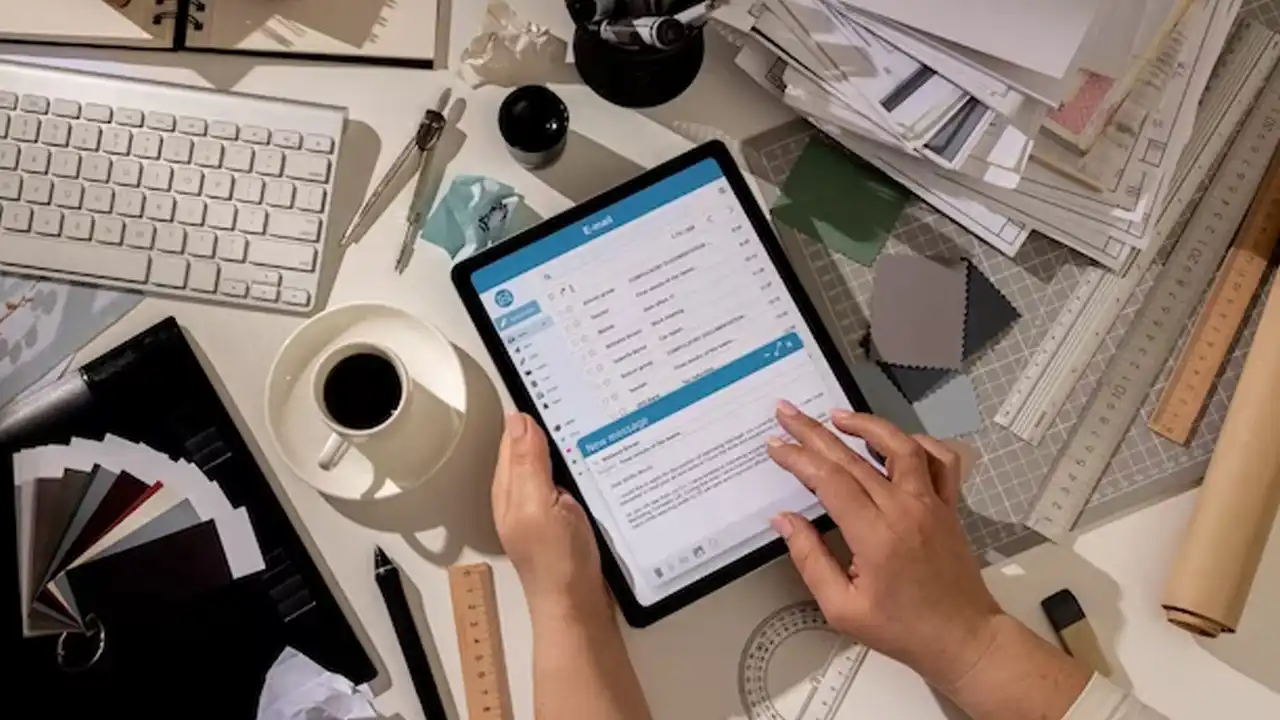AP Automation system provides the indispensable edge to stay ahead in the competitive and technologically advanced global market. Local tax compliance is an integral step in AP Automation as it caters to the local invoicing needs. Traditionally, an invoice held high legal and financial recognition only in the physical format and wasn’t deemed valid in the electronic format.
With the advent of technology and commencement of the shift from paper-based invoices to e-invoicing, tax authorities started accepting e-invoices as long as e-invoices are processed and stored in a way that its authenticity can be established in the electronic form. Audit requirements for e invoicing compliance guidelines differ from country to country. This makes adhering to local tax invoice compliance an unavoidable and vital aspect of trading.
Let’s first understand the rudiments of invoice compliance and then analyze the impact of global e-invoicing compliance guidelines, on current invoicing processes across businesses in the United States.
e Invoicing Compliance Guidelines – Basics
The appeal of e-invoicing for organizations is like financial nirvana for all stakeholders in the financial value chain. Not only does it reduce up to 90% of the direct processing costs but also increases visibility, yields more savings, increases operational efficiency and does much more. The main reason companies give for moving towards AP automation is that they seek to integrate their IT systems and processes, so one single platform acts as a command post and single view for all their operations.
Hence, e-invoicing is the future given the strategic and operational value it brings on the plate. The allure of automation for governments came when they realized, e-invoicing and overall AP automation gives them much more visibility to regulate and audit tax payments more efficiently. Compliance, when it comes to e-invoicing means complying with internal standards of participating stakeholders, contracted pricing, payment terms, and budgets.
The complexity of e invoicing compliance guidelines increases with increase in the size of an organization. The larger the organization, more are the benefits of e-invoicing. Not only does e-invoicing makes it easier to enforce compliance, but it also has many other benefits for both buyers and suppliers:
Benefits for buyers
- Reduced cost per invoice from $15.38 to $2.87 (Source – Ardent Partners 2016 Eyes on the Prize)
- Improved matching rate from 13% to 29% (Source – The Hackett Group 2015
- Purchase-to-Pay (P2P) Performance Study)and reduced validation and matching errors/ invoice
- Better expense visibility and payables fraud management
- Improved supplier relationship management
Benefits for suppliers
- Timely and/or early payments leading to improved working capital management
- Decreased follow-up on payments with improved status visibility online
- Improved relationship with buyer
- Enhanced account reconciliation
With so many benefits and easy availability of reliable solutions, countries around the world are still at the different stages of E-invoicing Maturity Models for AP Process Improvement `. E-invoicing and P2P solution providers talk a lot about the importance of e invoicing compliance guidelines, but as stated by Xavier Olivera and Jason Busch of Spend Matters, –“ In reality, however, few solutions even approach “full compliance” on a global, or even localized, basis.”
Let’s Vet VAT
The government collects Value Added Tax or Goods and Services Tax (GST) at each step of a transaction ending in the consumption of goods and services by an individual. This is normally collected in two ways: account-based or invoice-based.
In an invoice-based method, supplier applies VAT on their supplies and passes on a special invoice to the buyer that shows the charged VAT. Buyers on their side, deduct that amount from their VAT liability. VAT is passed on to the government through the buyers, with the buyers’ actin as tax collectors on behalf of the government. Government typically reserves the right to audit proper reporting of VAT anytime. The audit methods are standard within a country. They, however differ from country to country.
VAT Audit Methodologies
With the advent of e-invoicing, most countries started having a more technology backed and focused approach to invoice clearance. The e-invoicing tax compliance world got divided into major two camps based on VAT compliance methods –
- Post Audit system
- Clearance system
Post Audit System
Post Audit System, also known as the post-transaction audit is where auditors check whether the records are properly maintained for every sale or purchase. The Invoice acts as the primary audit document across many countries in this method. A well-maintained invoice record and invoice archiving process keeps the business safe from any fraud and invoice compliance violations. A good e-invoicing solution with strong compliance manages efficient archiving of invoices for post-audit compliance methodology.
Clearance System
This system allows real-time auditing of the transaction. An e-invoice is sent to the auditors or tax authorities before an actual invoice is sent to the buyer. They authorize the invoice and mark it as not tampered. In e-invoicing, e-signatures help in authenticating the invoices and serve as the valid method to establish the validity of the invoice in clearance methodology.
E-Signatures in e Invoicing Compliance Guidelines
Electronic signatures take up the entire burden of providing authenticity and credibility to an invoice. It serves as a digital seal of authenticity. It is the most common practice followed by organizations using e-invoicing, making it easy for the companies to set global e invoicing compliance guidelines to do business across geographies, ensuring the authenticity of data.
Why e-Signatures matter?
It’s a mandate
In many clearances and some post-audit countries across the globe, e-signatures are a mandate.
It brings in authenticity
Around the world, the government in nearly all countries maintain high grounds on e-signatures. There are strict requirements that prove the integrity of e-signatures. Anyone questioning the authenticity of these invoices has to prove needed requirements are not met. This unique feature provides an unprecedented level of legal certainty.
It reduces auditing cycle time
If an invoice already has e-signatures, it makes auditor’s job easy as an untampered digitally signed invoice is a sign of authentic and untouched document which makes the process easy and fast. It reduces payable fraud with globalization and companies situated at multiple locations, there are high chances that fraud breeds into the system. By separating fraudulent invoices from legitimate ones, e-signature serves as one of the most effective methods to curb accounts payables fraud.
e Invoicing Compliance Guidelines in US and Canada are pro E-invoicing
Canada
The Canada Revenue Agency (CRA) has imposed series of regulations on e invoicing compliance guidelines and electronic transactions. They levy adequate controls to guard the accuracy and authenticity of the stored data. It is mandatory to maintain all the audit trails including digital. Stored records should be easily available and based on non-proprietary, commonly used data interchange standards and readable with CRA audit software. Backup logs are mandated to be maintained at a location different from the business location for security reasons.
The United States of America
In the United States, the invoices between businesses are not taxed instead the final transaction with the consumer is subjected to sales tax, based on state, city, country and other authorities. Due to this, the buyers pay more attention to invoice record retention rather than the transaction itself. The tax enforcement usually does not revolve around B2B invoices explaining why interest and requirement for e-invoicing are low in the US as compared to other nations.
As sales tax is consumer side and does not form part of the buyer’s audit, the same does not re-enforce the need for e-invoicing as strongly as VAT compliance does in other countries. Sarbanes-Oxley-Act (SOX) act as the major regulator for e-invoicing tax compliance and rely heavily on the digital seal, i.e., e-signatures.
Latin America
Tax compliance mandates in Latin America are pro e-invoicing. They have laid new controls made mandatory by regulators –
Clearance invoices
The concept of control infrastructure in Latin America revolves around adopting clearance invoices as the system for auditing as compared to post audit methodology making e-signatures a mandatory need.
Rules
Regulations to use e-invoicing are enforced according to location and region so invoice content will differ accordingly
Compliance – A Necessary Step
Many organizations still place low priority to e invoicing compliance guidelines, making them more susceptible to, payment fraud and treachery leading to financial losses and discrepancies in their books. Countries following post audit system and manual invoicing tend to get away with the lack of compliance as auditing might take several years post-transaction. Another problem related to post audit or manual methodology is collecting and locating the documents when the audit is due.
Whether the method is clearance or post audit methodology, E-invoicing makes compliance control easier. e-Invoicing tax compliance ensures at every step while receiving and sending an invoice. It ensures e-invoicing tax compliance all across irrespective of the country. While manual invoice processing system works, for now, it is not a long-term strategic approach to AP process management.
E-invoices have crept into tax audit methods in most countries, making e-invoicing the next intuitive step for all AP teams. Change management, to transition from a manual to an automated invoice processing, is now becoming a need and all visionary organizations who want to ensure better compliance and solve the larger problem at hand have started recognizing that and have started taking steps in that direction.
Request a Demo to see how understanding the e invoicing compliance guidelines can help benefiting AP automation can revolutionize your accounts payable process and take your business to the next level.
Related Read:
- Blog – 5 Key Benefits of Enhancing Your Business with an e-Invoice Generation Tool
- Combat the perils of Non-PO invoices by Invoice Workflow Automation
- Blog – Future Ready – Procurement Leader’s Quick Guide For Digital Signatures
- Save Time and Reduce Errors with AP-Workflow Software
- Research Report – Invoice Workflow Automation (IWA) Report




























































